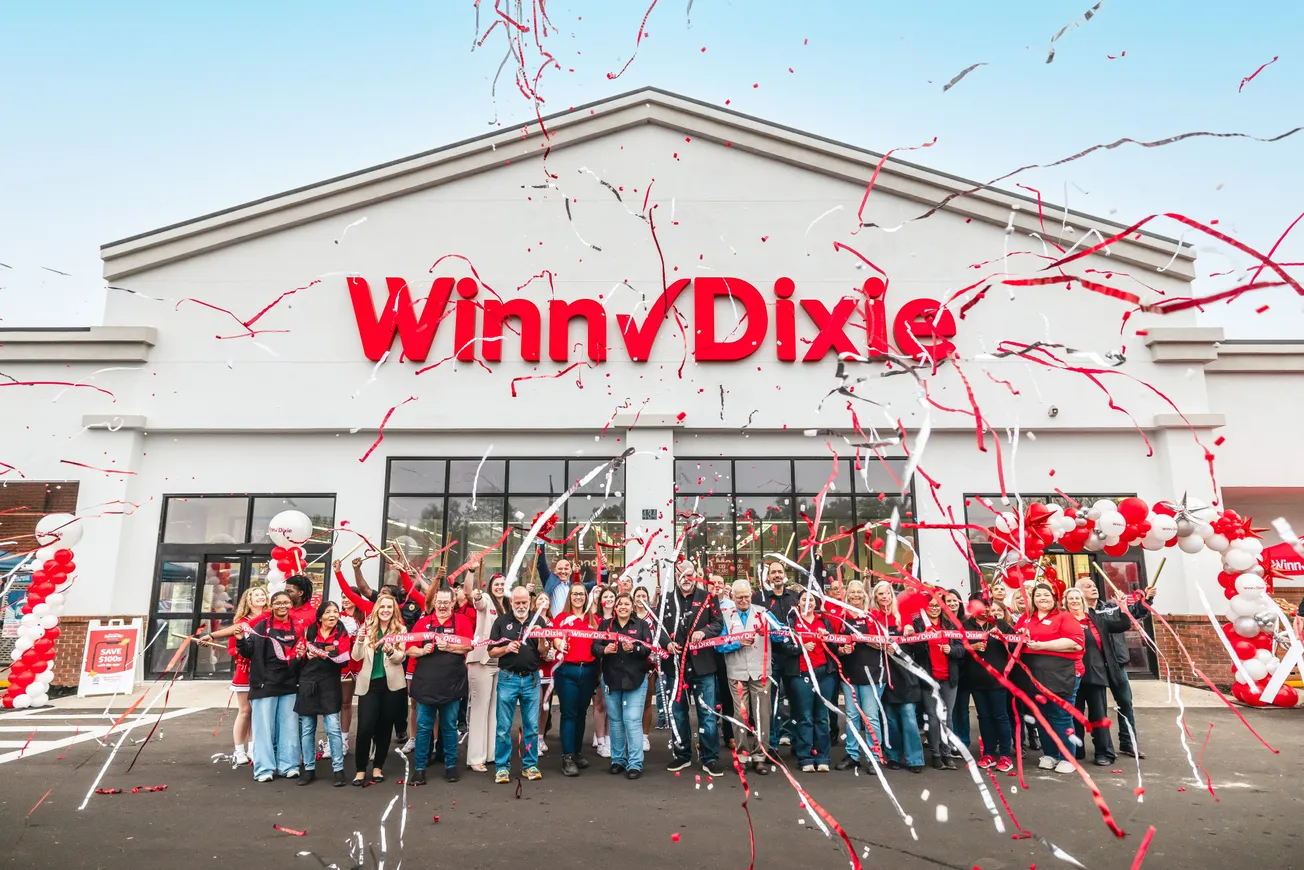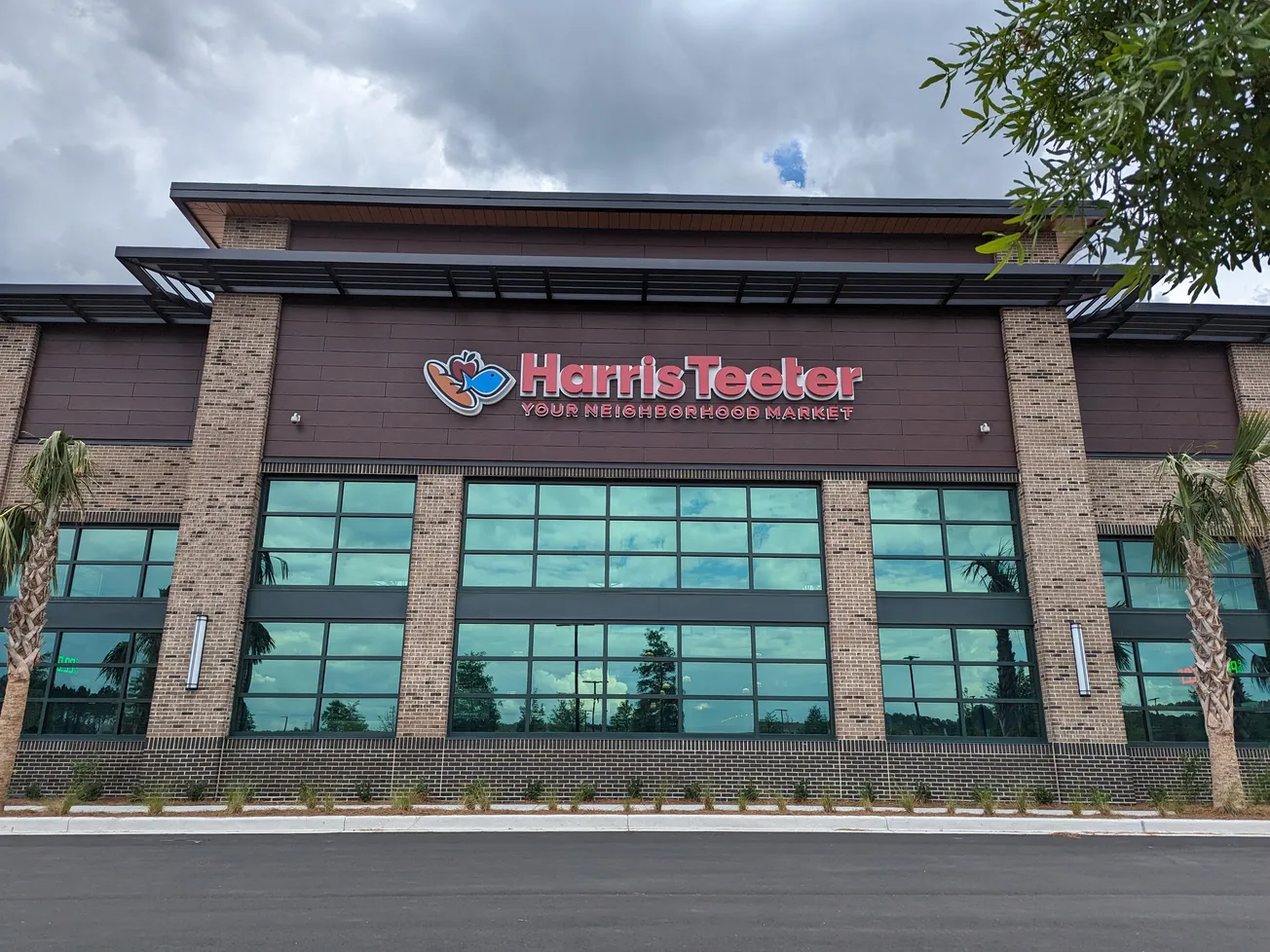BENTONVILLE, Ark. — Walmart has revealed new details about its ambitious strategy to integrate agentic AI into its operations, signaling a significant shift in how retailers will engage with consumers and optimize internal systems in the near future. In a piece published on the company’s website, Hari Vasudev, Walmart U.S.'s Chief Technology Officer, outlined how the retail giant is building purpose-driven, agentic AI solutions to drive tangible business outcomes.
At the heart of Walmart’s strategy is developing retail-specific large language models (LLMs) and AI agents trained on proprietary Walmart data. Unlike generalist AI models, these tools are tailored for high-impact tasks such as item comparison, hyper-personalized recommendations, and end-to-end shopping journey support. Walmart’s generative AI-powered shopping assistant already leverages multi-agent orchestration, evolving toward greater autonomy.
Rather than adopting a one-size-fits-all approach, Walmart’s AI development is highly focused. The company is building agents that solve specific tasks, which are combined to manage complex workflows. These include everything from merchandise planning to customer support automation. For example, Walmart’s Trend-to-Product tool accelerates fashion production cycles by up to 18 weeks, while agents embedded in associate tools stream daily store operations.

Looking forward, Walmart is preparing its ecosystem for the rise of personal shopping agents—AI-powered digital shoppers trained by customers. This paradigm shift will require new kinds of digital infrastructure and marketing strategies aimed not only at people but also at the agents shopping on their behalf.
Vasudev emphasized that retailers must rethink discovery and advertising, as agents are unlikely to respond to emotional imagery or traditional promotional cues. Walmart invests in agent-specific SEO and new advertising pathways designed for non-human decision-makers.
The implications for retail media are profound. As AI agents increasingly handle product research and purchasing, retailers and media networks must design machine-readable and agent-friendly campaigns. “This won't replace existing advertising methods,” Vasudev noted, “but rather complement them, reflecting the evolving ways our customers choose to shop – much like the introduction of social media.”
Walmart acknowledges the challenges of deploying agentic systems at scale, particularly around trust, governance, and appropriate levels of automation. A hybrid model—where AI and human decision-makers collaborate—is emerging as a best practice to ensure accuracy and maintain a customer-centric experience.
Over the next 3–5 years, Walmart envisions a retail landscape transformed by agentic AI: personal agents that understand complex preferences, adaptive stores, and logistics systems that optimize themselves in real time. The company’s investments today are laying the groundwork for a retail future powered by intelligent, autonomous systems that still keep human needs at the core.










